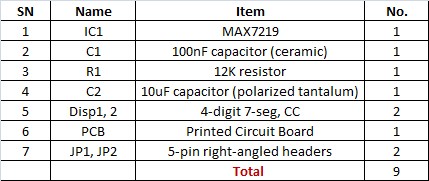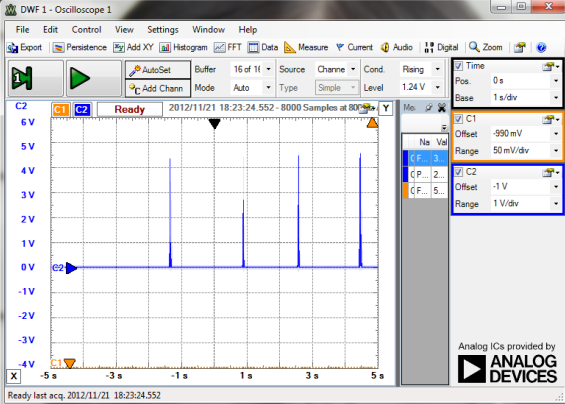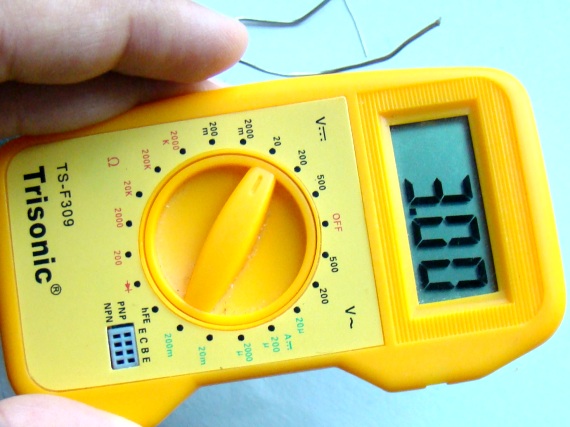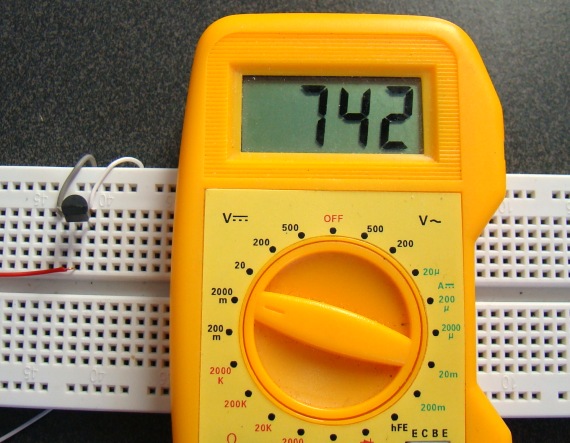Soldering the SPI7SEGDISP8.56 serial 8-digit seven segment LED display kit

SPI7SEGDISP8.56 is a MAX7219 based serial 8-digit seven segment LED display module. With this display module, you can easily add 8 digits of seven segment LED displays to your project using only 3 I/O pins, and provides full control of all the digit segments including decimal points. You can even cascade two or more of these modules together without sacrificing any extra I/O pin. You can buy SPI7SEGDISP8.56 display kit on Tindie for only $12.00. SPI7SEGDISP8.56 PCB is double layer. The top layer consists of two 4-digit CC LED display modules (Disp1 and Disp2) arranged in a row and header connectors (JP1 and JP2), whereas the bottom
Read more


